What is stewardship? What does it mean to preserve an archaeological site? This exhibit addresses these questions and more while providing you with the tools to become one of the many #protectorsofthepast participating in the effort to preserve and protect our cultural history. But first, let’s define these two key terms:
- Archaeology Stewardship: The act of promoting and advocating for the preservation of archaeological sites for the benefit of future generations.
- Archaeology Preservation: The act of protecting archaeological sites from destructive processes such as urban development, natural events and processes, looting, and vandalism.
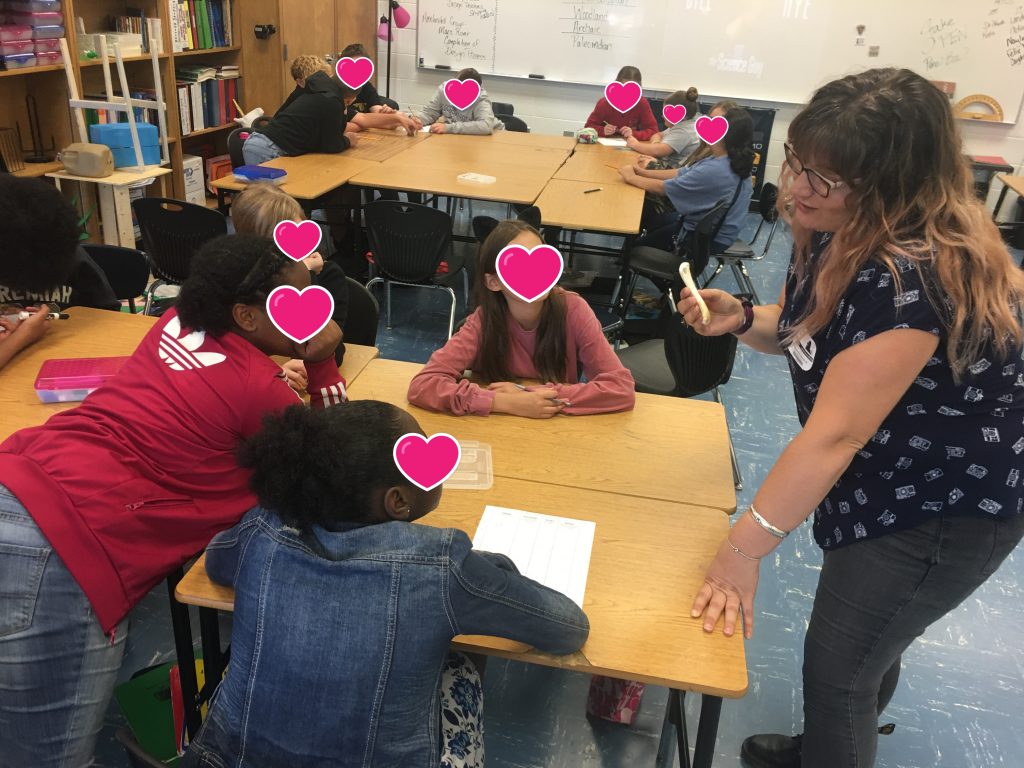
As we work to preserve archaeological sites that we find today, it is also important to consider the long-term care and preservation of these areas. By promoting long-term solutions and continuing education and outreach, we are practicing stewardship. Ultimately, stewardship and preservation are two of the major factors that drive cultural resource professionals like archaeologists and historians to do what they do.
New South Associates’ Explore Series – Episode 1: Stewardship & Preservation
Threats to our Cultural Heritage

Cultural heritage includes tangible places and objects, as well as intangible matters like traditions, values and beliefs. Cultural heritage, embodied by archaeological sites which contain priceless insights into lifeways of the past, diminishes more with each passing year. Believe it or not, archaeological sites all over the United States are in danger of being destroyed or damaged. Three of the biggest threats to archaeological sites are urban development, natural processes, and vandalism/looting.
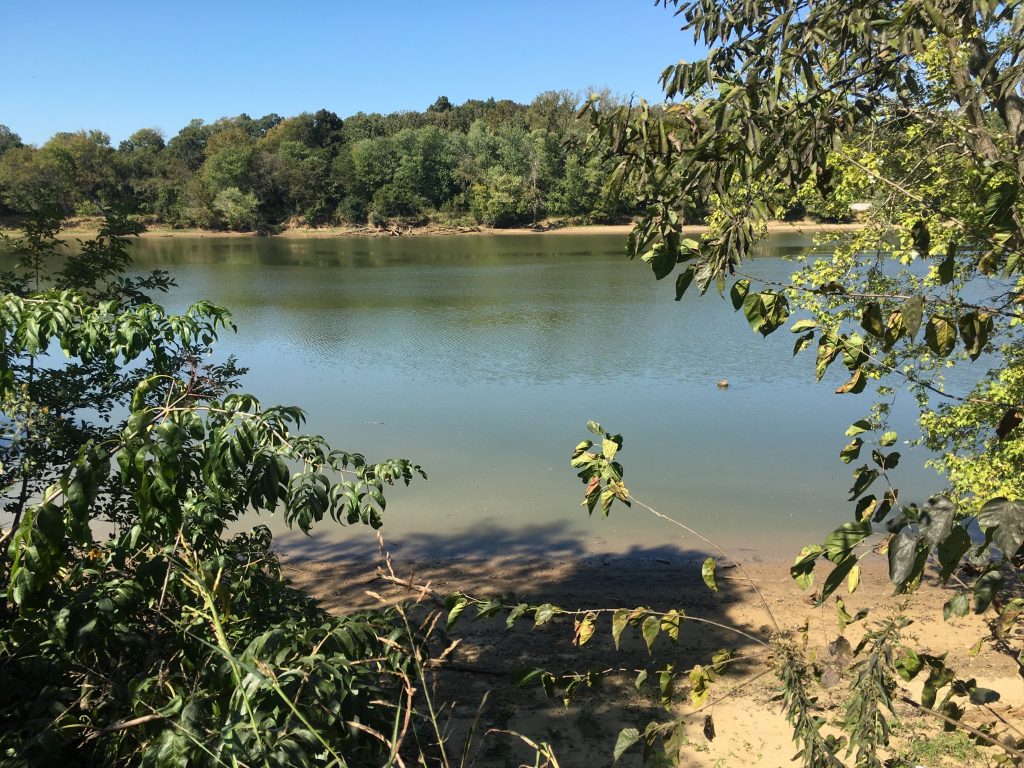
While the construction of new buildings and roads brings progress and growth, it also contributes to the loss of the historical record through the destruction of sites. Natural processes such as rising sea levels, storm events, and erosion cause damage to archaeological sites at an alarming rate. Vandalism and looting include activities such as defacing or graffitiing an area, digging up and removing artifacts, and causing other types of alterations or damages to an archaeological site. Archaeological stewardship is a movement born from the need to protect sites from these threats and to educate the public about the importance of archaeological sites and how we can protect them.
What about the Laws?
Did you know that there are numerous laws that were written with the specific goal of protecting archaeological and historical sites in the United States? At the Federal level, we have legislation such as the National Historic Preservation Act (NHPA 1966), the Archaeological Resources Protection Act (ARPA 1979), the Native American Graves Protection and Repatriation Act (NAGPRA 1990), and many more. A complete list of these laws and links to their texts is available here courtesy of the National Park Service.
Each state also has its own set of laws that seek to protect these important cultural resources. A complete list of Georgia’s laws and regulations is easily accessible through the website of the Georgia Department of Natural Resources Historic Preservation Division. Full texts of each of Georgia’s laws and regulations can also be accessed from the link above.
Additional laws and regulations are outlined in the bylaws of local governments, tribal entities, and other Federal agencies. Take some time to look up your local regulations and learn what steps your community is taking to preserve and protect your local cultural resources.
While these laws describe how citizens can and cannot legally interact with cultural resources, they also provide guidelines for cultural resource professionals to follow in their daily work.
Educators and parents are encouraged to check out this Learning the Law unit plan by the Society for American Archaeology. This unit consists of five lesson plans designed to inform students on the meaning of stewardship, the value of cultural heritage and legislation set in place to protect it.
Why Should we Preserve and Protect Archaeological Sites?
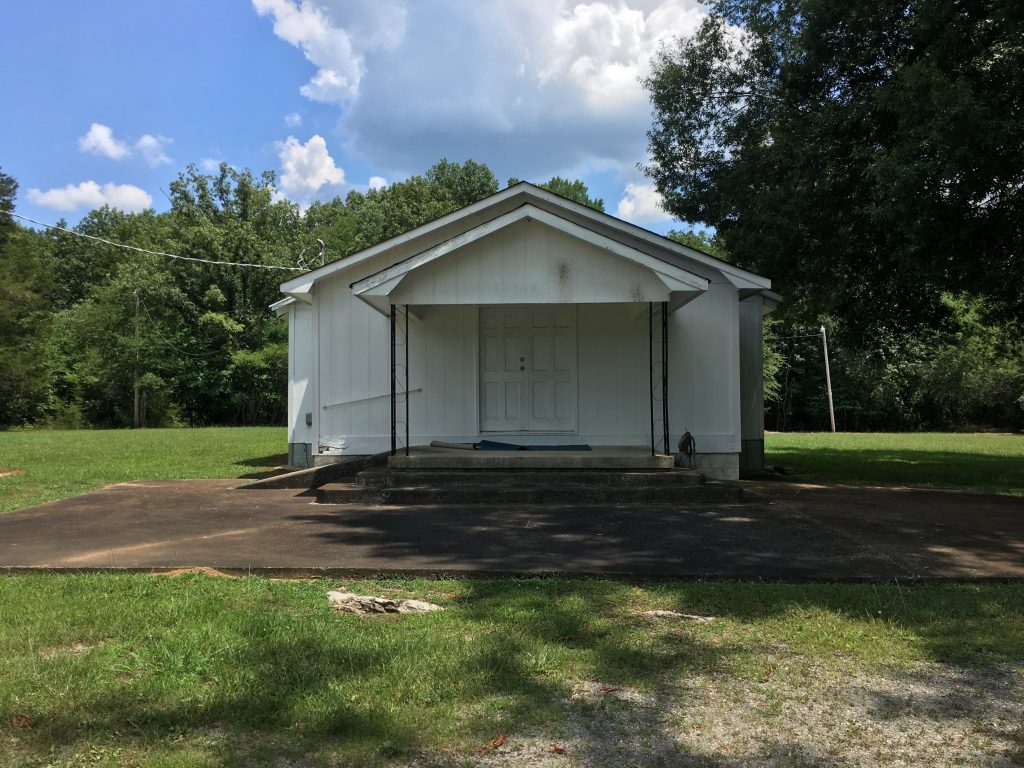
Why should we care about archaeological sites and what can we learn from them? Archaeological sites are not only intrinsically valuable as a non-renewable resource, they provide important information about past peoples and how they lived. For example, a Paleoindian site dating from 13,000 BC has the ability to inform on topics such as diet, food procurement strategies, social organization, religion, values, and more. A Late Archaic site dating from 2,000 BC can tell us about early plant domestication, social complexity, trade networks, family structure, etc. Contact period sites, which were formed during the years of European settlement in the New World, can shed light on the early interactions between American Indian and European cultures. Was there conflict between all American Indian cultures and European cultures, or did partnerships exist? Did American Indians adopt aspects of European culture, and vice versa? The answers to such questions lie buried in archaeological sites.
Check out the National Trust’s List of Most Endangered Historic Places to explore some of the amazing sites that need our protection.
Finally, if the data potential isn’t enough for you, consider this: how can we build a better future if we don’t know our past? By putting in the effort to learn about past cultures and events, we can better understand the present and illuminate a brighter future.
How to Become a Protector of the Past
What can you do to join the stewardship and preservation movement? There are many ways to join the #protectorsofthepast!
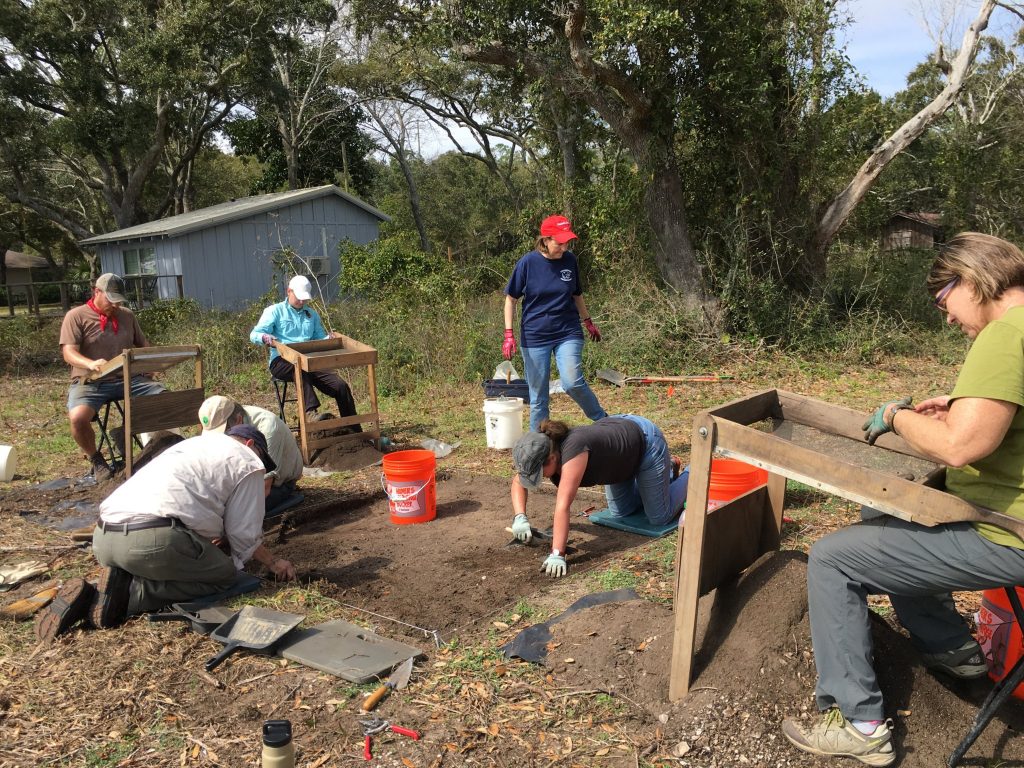
- Join your local archaeological society for opportunities to participate in volunteer excavations, attend lectures and meet fellow archaeological enthusiasts! Learn more about the Society for Georgia Archaeology (SGA) on their Facebook page and visit our Partners in Preservation page to learn about regional chapters of the SGA.
- Reach out to local universities to learn about volunteer opportunities for archaeological field and lab work. You can learn about universities in the Atlanta area on our Partners in Preservation page.
- Learn the laws that protect our cultural heritage, then educate your friends and family on the legislation supporting cultural resource preservation.
- Visit archaeological and historic sites as often as you can. Be respectful, kind and follow the laws. These sites are protected for all to enjoy; we encourage you to take full advantage of the amazing cultural resources that surround you! Explore the map provided below, which features some of the incredible sites that you can visit in the Atlanta area. When you visit a site, follow the activity instructions below the map to record the site like an archaeologist!
For additional information on the preservation of cultural resources, review the National Park Service’s publication on Preventing Cultural Resources Destruction.
ACTIVITY:
Record a Site!*
Materials
- Notebook & Graph Paper (tip- print out the Field Book! There are blank pages of graph paper in the back where you can take notes and draw sketch maps.)
- Pencils
- Compass (tip- download a compass app on your smartphone!)
- Camera
*This activity DOES NOT require or include excavation. However, we recommend that you review the Excavation and Mapping and Archaeologist’s Tool Kit exhibits before completing this activity.
Instructions: Record the Site

- Pick an archaeological or historic site to visit. Once you are there, you can move on to the next steps.
- Write down your name, the date and the name of the site in your field book.
- As you tour the site, record anything unusual that you see that may be evidence of past human activity. Many things will be marked with signage but you may notice artifacts or small features that are unmarked. Remember–do not pick up any artifacts or disturb any features!
- Take photographs (when allowed) of any archaeological artifacts or features that you find. Keep a log in your field book that describes the content of each photograph, the cardinal direction that the photograph is facing and from where you took the photograph. For example, a photograph log entry might read: Photograph 1- View North of Mound A from the Nature Trail.
- Using the skills you have acquire from other exhibits (Excavation and Mapping/ Archaeologist’s Tool Kit), create a map of any features you find. Features include structures, mounds, wells, fences, depressions in the ground, and any other immobile objects created by people.
- Take lots of notes on your findings. Describe the materials (wood, pottery, stone, metal, etc.) that you observed, the function of the artifacts or features (tools for butchering animals, pots for cooking, well for access to fresh water, etc.), describe your findings carefully.
- Make note and take photographs of any disturbances on the site, natural or man-made. Is the site eroding? Have people built anything modern on the site, like new buildings? Has the site been logged or cultivated? Have animals disturbed the site, like pigs or other livestock? Discuss all possible disturbances to the site.
Instructions: Analyze and Interpret your Data
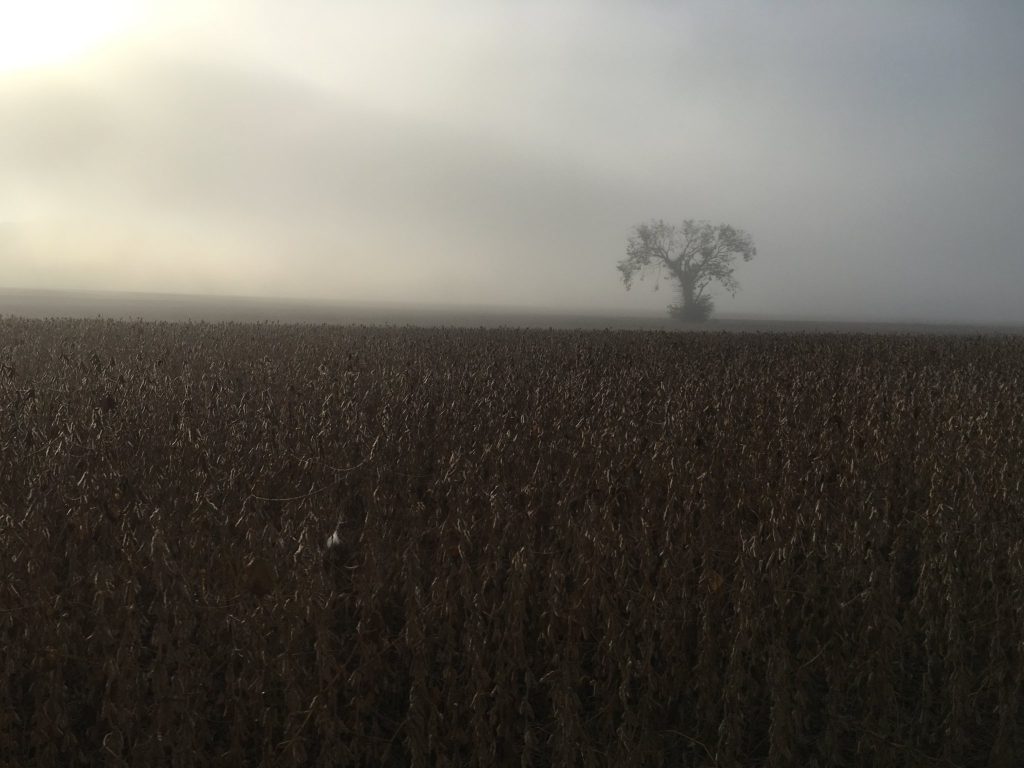
- Analyze your photographs, notes and maps to make inferences about the people who created the site. What is the function of the site? Was it a residence, ceremonial center, business, industry, or some other type of site? If people lived at the site, how many resided there? How old is the site and how long was it used or inhabited? Try to think of other questions that aren’t listed here and use your data to answer them.
- Review your photographs and notes of site disturbances. Construct an argument about the biggest threat to the site. Is it natural or man-made? Explain your reasoning.
- Design a plan to protect the site from the threat. How can we preserve the site for future generations?
Archaeology Month Exhibits Reflection
Now that you have worked your way through all of our exhibits, it is time for you to reflect on what you have learned. Respond to the following prompts:
- Explain why you think that it is important to protect our cultural resources including archaeological and historical sites. Why are these places important to you as a modern United States and global citizen?
- Describe the biggest threats to archaeological sites where you live. What evidence can you cite to support your argument?
- List the steps can you take to help protect and preserve our cultural resources. Explain why you think that it is important to take these steps.
- Discuss how you can educate and influence others to protect archaeological sites and historic places where they live.
Discuss your answers with a family member or friend. How are your viewpoints similar or different?
Standards Connector:
| Grade Level | Standard | Description |
| K-12 | Map and Globe Skills | Use a compass rose to identify cardinal directions |
| 9-12 | SEV4 | Obtain, evaluate, and communicate information to analyze human impact on natural resources. a. Construct and revise a claim based on evidence on the effects of human activities on natural resources (Agriculture Forestry Ranching Mining Urbanization Fishing Water use Pollution Desalination Waste water treatment– Land Water Air Organisms) b. Design, evaluate, and refine solutions to reduce human impact on the environment including, but not limited to, smog, ozone depletion, urbanization, and ocean acidification. |
These standards of excellence were sourced from the Georgia Department of Education web page at https://www.georgiastandards.org/Georgia-Standards/Pages/default.aspx
